The Christmas Story Told in the Presepe
In this special season of the year, little is more cherished in Italy than the Christmas crib in all its various forms, from miniature versions in glass domes to the "living presepe," where volunteers in costume appear every evening in a reproduction of a grotto, together with live sheep and other animals.
By tradition, the first presepe or crib was created by St. Francis of Assisi at tiny Greccio, in the mountains near Rieti, 42 miles north of Rome. St. Francis had arrived there in 1209, to live as a hermit on remote Mount Lacerone. During a visit to Rome in 1223, he asked Pope Honorius III if he might make a representation of the Nativity in one of the mountain grottoes near Greccio. Permission was granted -- so goes the legend -- and, returning to Greccio, Francis prepared the grotto scene on Christmas Eve replete with an ox and an ass. Mary and Joseph, we are told, were not in that first crib scene because Francis did not want the birth of Christ to become a spectacle.
But while the religious content remains, the creche scenes are also spectacular, and nowhere more so than in Naples, where an entire street, Via San Gregorio Armeno, is dedicated, all year long, to the presepe. The narrow street, which resembles an open-air theater, is lined with shops selling costumed figures, grottoes, elaborate reproductions of l8th century presepi, and little buildings for family Nativity scenes that may take up an entire room. In general, the rule is the more figures the better, and it is always interesting to see which statuettes of contemporary individuals are on offer. This year's crop includes Donald Trump, Fidel Castro, and Hilary Clinton, along with favorite popes, Italian soccer stars, a pizza chef, and a few Italians headed for or already in jail.
Through Jan. 20, Romans can see 100 antique crèche figures from Naples on view at the Quirinal Palace in an exhibition, "The Presepe: Religious Faith and Popular Tradition." The collection, assembled back in 1911 by pioneer ethnographer Lamberto Loria, reflects the Neapolitan concept of the presepe tradition as offering a slice of life. "Many aristocrats of the l8th and 19th centuries in Naples liked to be portrayed in the apparel of the presepe figures," said art historian and curator Leandro Ventura. Besides the manger scene, those presepe illustrated daily life, with miniatures of a market, a wine shop, and houses, often with Mount Vesuvius in the background, he explained.
In Rome on Dec. 9, the Vatican unveiled its huge annual crèche scene. This year a cluster of buildings, and even a boat, were built, backed up against the obelisk in the center of St. Peter's Square (which of course is round, encircled by Bernini's colonnade). Earlier in the day Pope Francis had met with the crèche donors, the bishops and the government of Malta, and with the donors of the giant Christmas tree beside it. The crib, created by Maltese artist Manwel Grech, from the isle of Gozo, has 17 figures dressed in traditional Maltese clothing. Beside the grotto scene is a replica of a Maltese fishing boat called the "Luzzu." In his remarks the Pope said the boat had symbolic value because it spoke of the "sad, tragic reality of migrants making their way toward Italy on boats."
The 75-foot-tall spruce tree beside the Vatican crèche was donated by the Lagorai Forests Association in the Trentino Region, with the support of the Lene Thun Foundation, which organizes workshops in hospitals throughout Italy. The tree decorations were made by children undergoing therapy for cancer and other illnesses, and before the tree-lighting ceremony the pope also received a delegation of those children, who had designed and made the ornaments for the tree. In the Trentino forest where the tree was cut down, local high school students will plant 40 new spruce and larch trees, to replace trees which had to be culled because attacked by a parasite.
No Christmas season in Rome is imaginable without the holiday market at Piazza Navona. There the crèche is absent, but what is touching is that stalls have been opened where the products from the farms in this autumn's quake-ravaged areas of Umbria, Lazio and the Marches are on sale. There, where their own homes were destroyed, the farmers still managed to continue to tend to their animals, milking the cows daily and working the fields.
In small towns throughout all of Italy local citizens have been busy preparing Nativity scenes, sometimes a dozen of them, on street corners and by bus stops. In our own little town of Trevignano Romano, on Lake Bracciano 30 miles north of Rome, the men of the village are, as every year, building a huge presepe at lakeshore by. Live animals will be in pens, but the life-size figures in traditional costumes are of plaster.
For those able to travel to Greccio, this as every year, the living crib in a grotto will be recreated at the Franciscan Sanctuary on Christmas Eve at 10:30 pm, and thereafter at 5:45 pm on Dec. 26 - 27, Jan. 1 -3 and Jan 6. The organizers remind visitors that this is an authentic re-evocation of that first living presepe.






























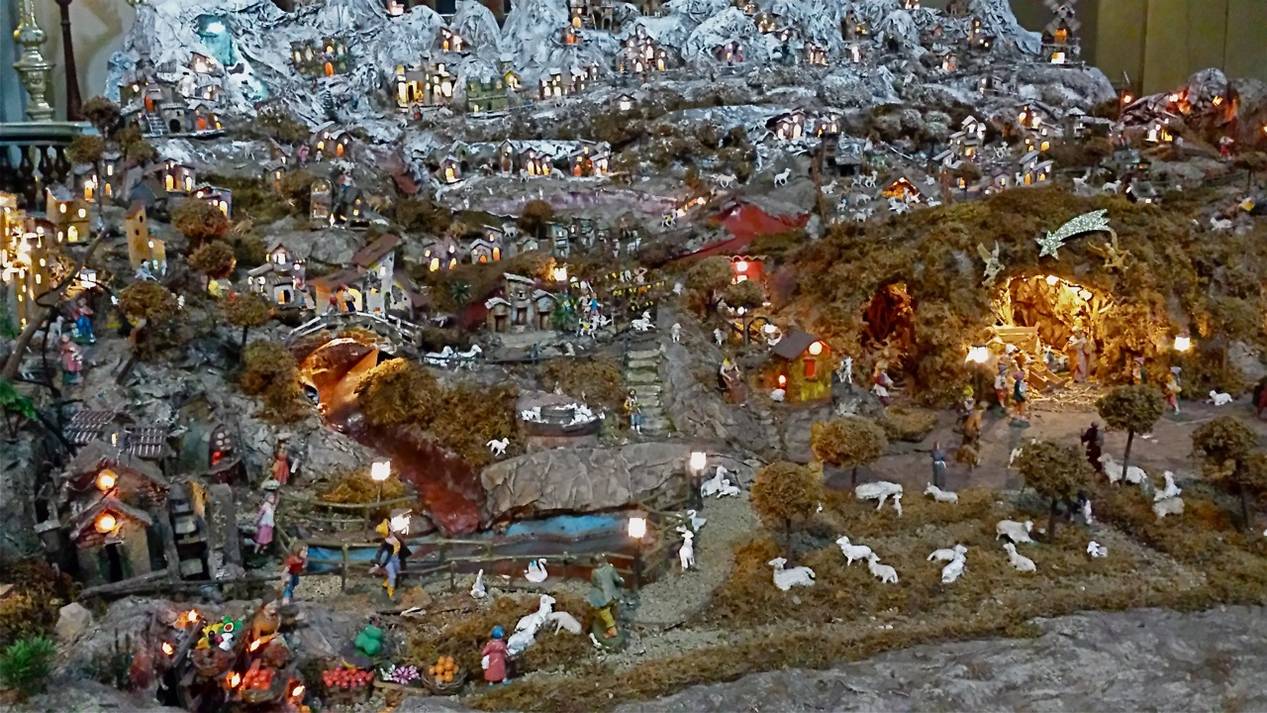
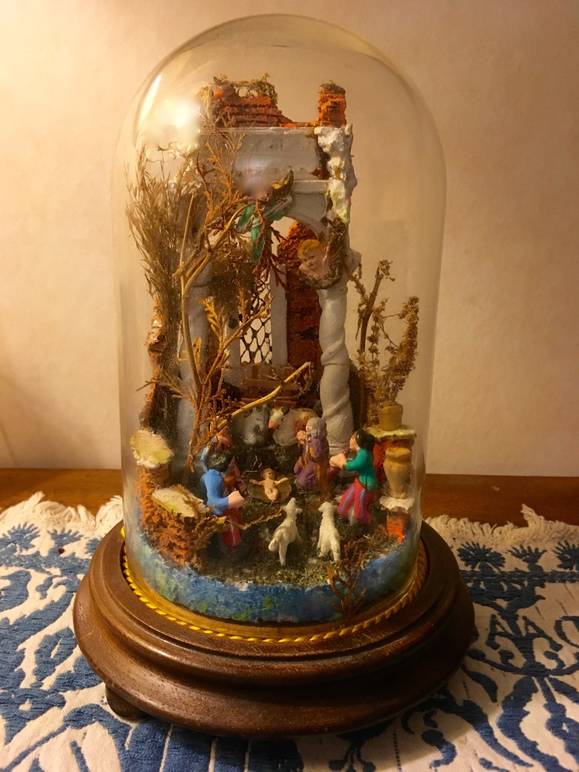
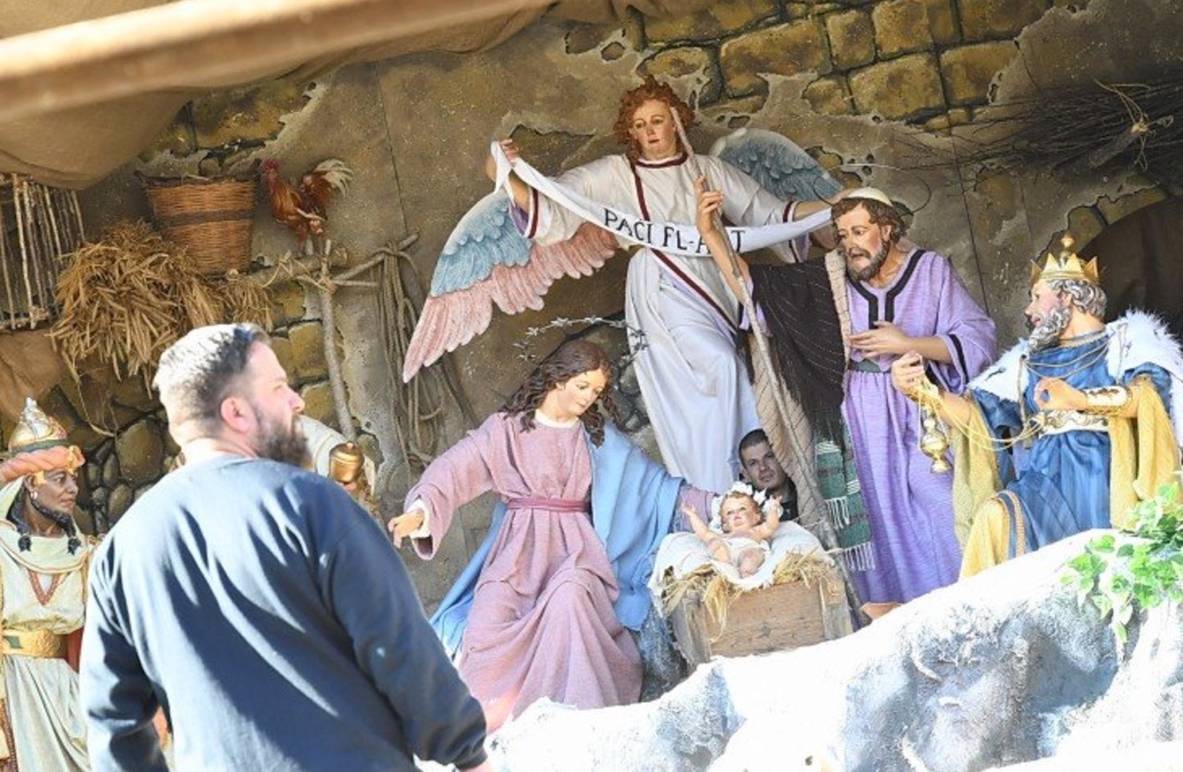
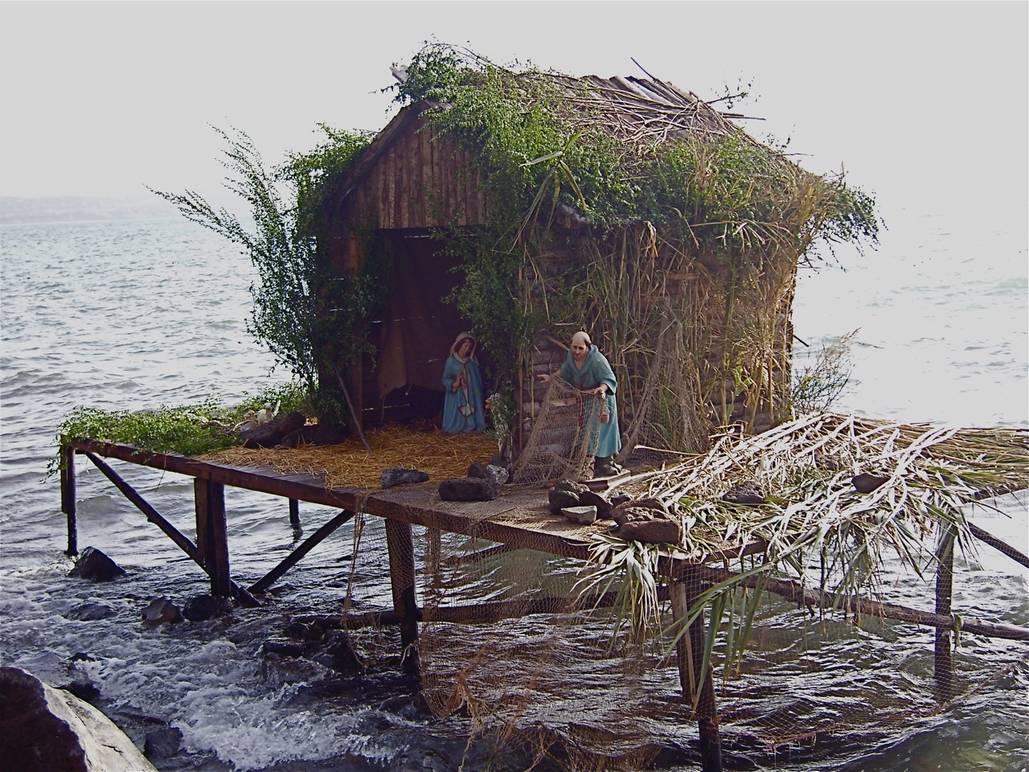
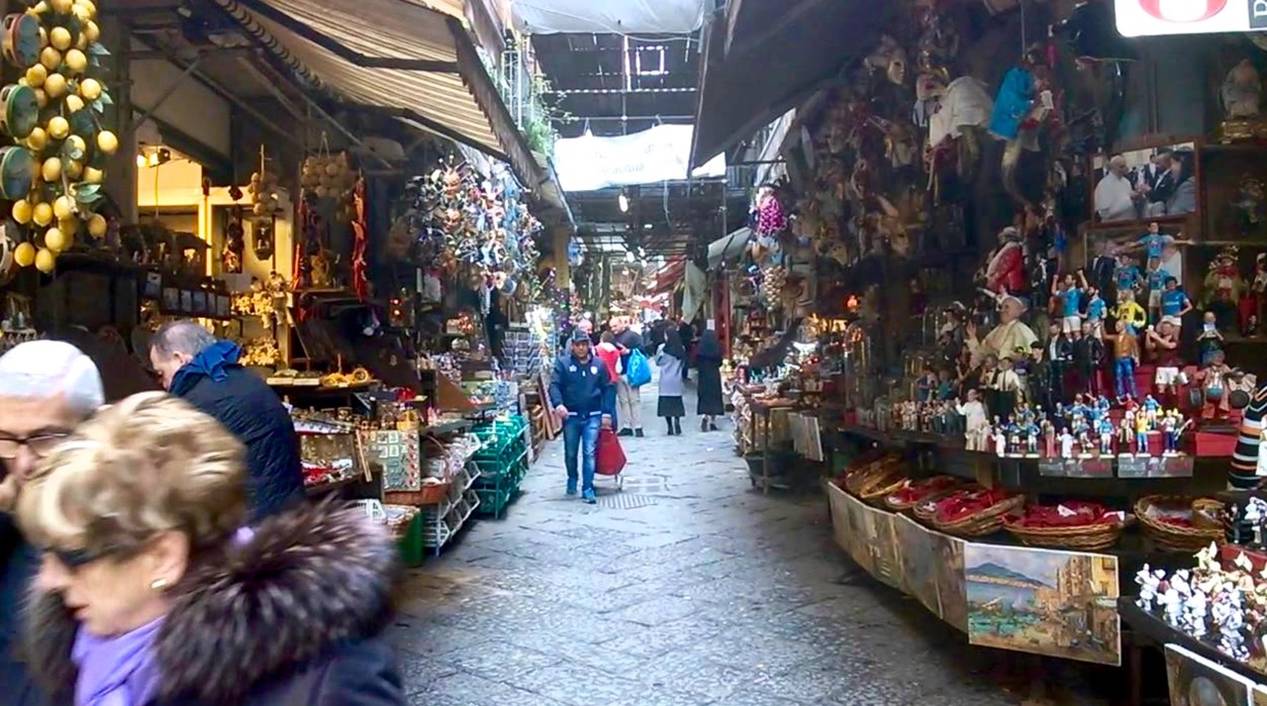
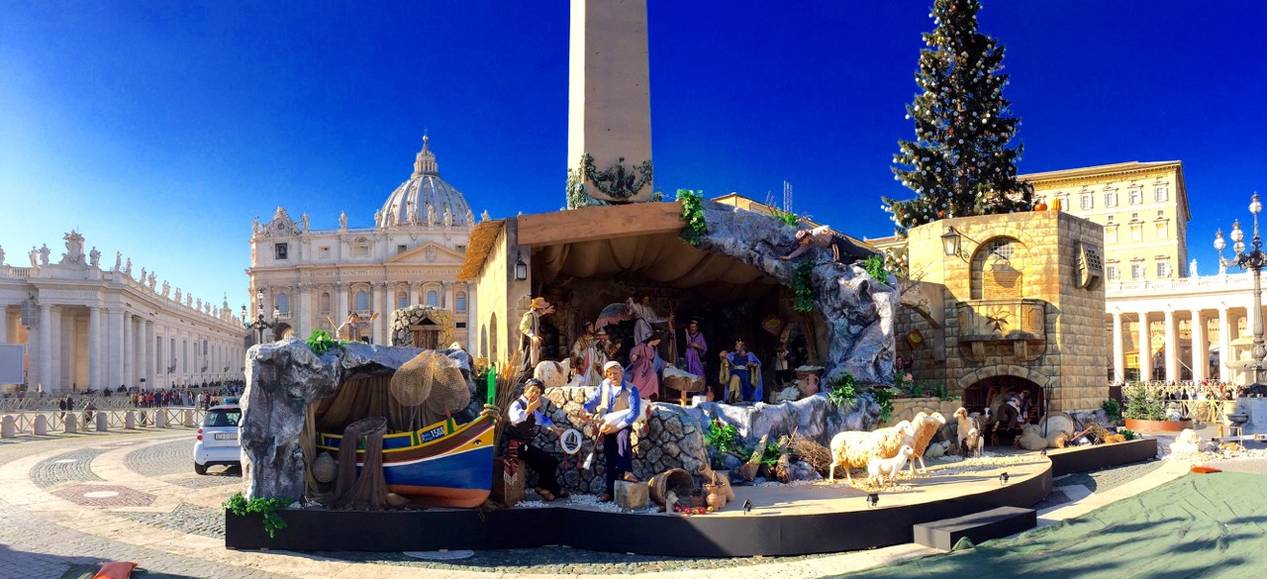






i-Italy
Facebook
Google+
This work may not be reproduced, in whole or in part, without prior written permission.
Questo lavoro non può essere riprodotto, in tutto o in parte, senza permesso scritto.